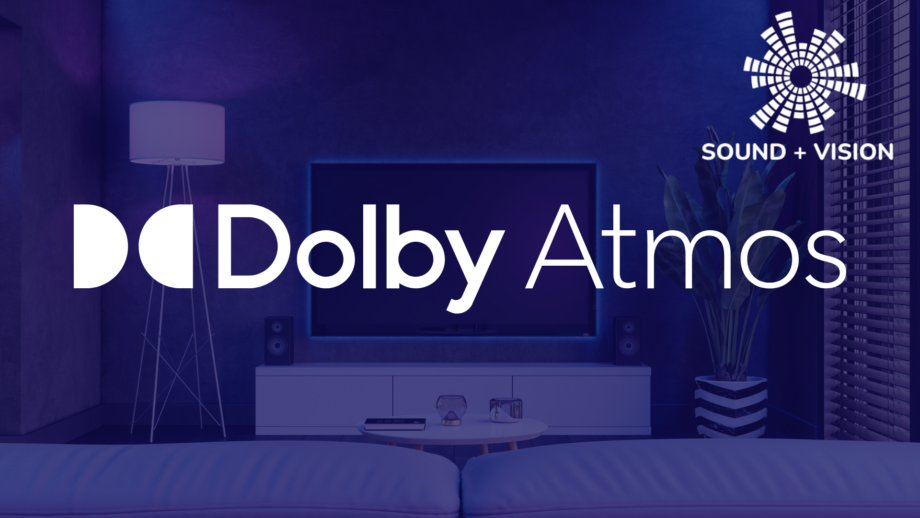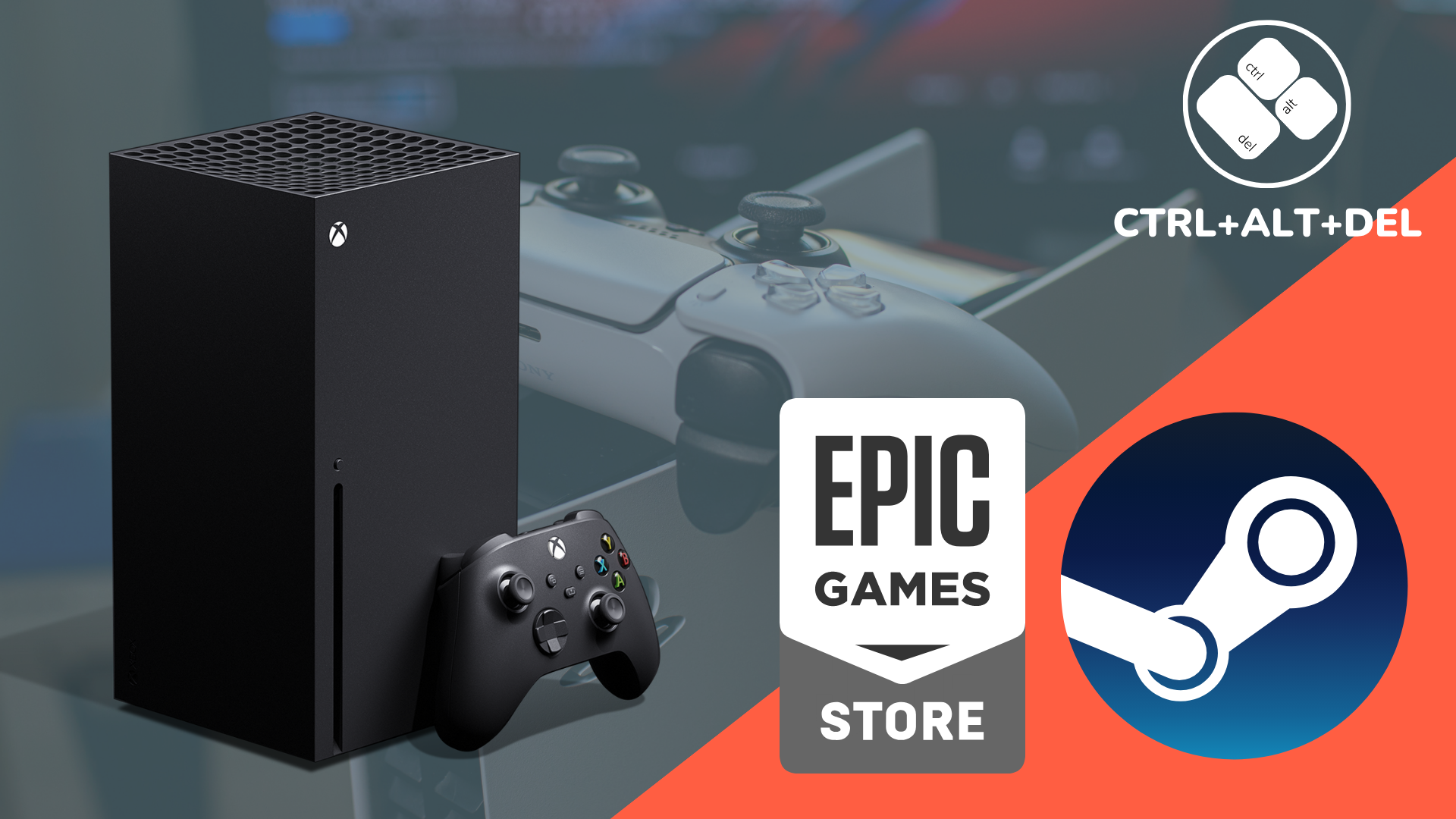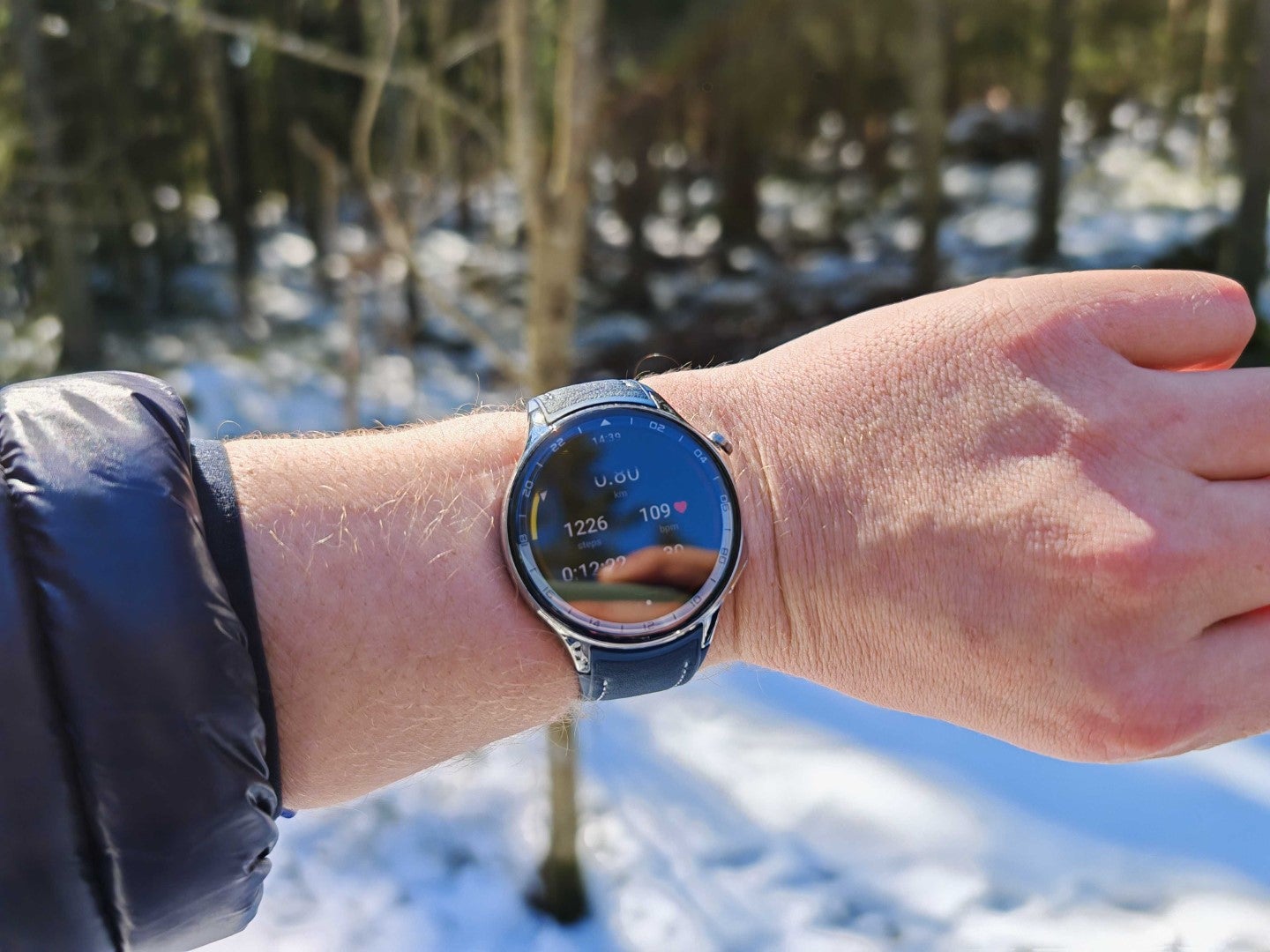Sound and Vision: We’ve got a Dolby Atmos issue, and it’s not going away

OPINION: Dolby Atmos is great – when listened to in the right space and setting. The technology is probably as popular as it’s ever been. But ironically, its biggest problem is that it is everywhere.
I remember in my first few years working in the A/V industry I was sent to Dolby HQ in Soho to report on this new-fangled surround technology called Dolby Atmos. Back in 2014, it was meant to be an upgrade on cinema sound, jumping from 5.1 and 7.1 mixes to a soundtrack that could be fully immersive, with the viewer enveloped – sides, front, rear, and above – in a hemisphere of sound.
The key word was immersive, and that’s what I took from that demonstration. Not that Atmos was necessarily better than 5.1 and 7.1 tracks, but I didn’t feel as if the sound was coming directly from a speaker – that it was simply in the room with me.
What is Atmos meant to be anymore?
That’s not the experience I’m getting from technology that integrates Dolby Atmos today.
It’s reached the point where I’m not even sure what Atmos is meant to be. It’s grown from being a cinema technology to one that’s – somewhat uncomfortably – fitted into living rooms, and can be found in smartphones, wireless speakers, headphones, soundbars, and TVs. But it’s never quite recaptured the thrill of immersive audio.
In the right setting, immersive audio is fantastic. I’ve visited studios such as L-Acoustics, Dean Street Studios, and Dolby HQ (many times) to hear spatial audio, and in those settings, it works because of the room and the positioning of the speakers to create a soundscape you can delve into.
It absolutely doesn’t work for TVs. Dolby Atmos doesn’t seem to have the same goal with TVs, which seems to be to offer better processing than necessarily better sound. I’ve had the privilege of testing two enormous 8K TVs, one from Samsung and another from LG, and the Atmos performance has left me scratching my head.

Ninja Air Fryer Max A160UK is a hot deal at under £130
If you’re yet to leap upon the Air Fryer bandwagon, the Ninja Air Fryer Max AF160UK is a great option. Large capacity, versatile cook modes and easy cleaning make this a 5-star winner
- Amazon
- Was £169.99
- £128
The Samsung TV presented a better ‘Dolby Atmos’ performance with its internal apps than it did through a 4K Blu-ray player, but in either case, it’s not as if the TV was punching sound effects out to the viewing position or creating a sense of effects above you.
That’s rather difficult for TVs to do unless it’s the Panasonic MZ2000 or, to a lesser extent, Sky Glass because they both have a fully-fledged Atmos sound system. The solution would be to get a soundbar, but that’s only half the equation. You need rear speakers to complete that hemisphere of sound.
Smartphones can apparently do Atmos but I’m not even sure what that means anymore because there’s no way they can produce an immersive experience through their speakers. Then there are headphones, and despite the growing number of spatial audio mixes and means of listening to them, the problem you encounter here is that not every song is made to be heard in immersive audio, especially audio tracks that have been retrofitted to be immersive. It requires a great deal of engineering and while some tracks sound good, others could be succinctly described as ‘meh’.

There’s also the issue with headphones that sound is locked around in the space around your head, not in the room itself. Wireless speakers can get past this issue, the Echo Studio and Sonos Era 300 produce a bigger sound, but we still have the problem of how music is engineered in spatial audio, as well as sitting in the right place to feel the spatial audio effect coming from what is just one speaker enclosure.
The problem is that with Atmos, Dolby has slapped its seal of approval across all types of devices to get spatial audio out there. And while it works in some cases, it’s also served to water down the experience and become confusing. It’s a bugbear on Tidal that if a track or album is in Dolby Atmos it will play in that format when I often find stereo is a better experience (depending on the headphones, of course).
I am intrigued by Dolby Atmos FlexConnect, which could get past the issues Atmos has in the home by being more flexible in terms of the listening space. But early indications suggest the price could be expensive, which would dampen its initial appeal.
I really like Atmos, and immersive audio in general. When deployed well it is subtly involving or frantically immersive. But I do think it’s suffered from some wonky quality control, integrated into devices that struggle to do justice or use virtual processing to create height and width, which simply doesn’t work. It’s in danger of becoming another confused piece of tech, and it deserves better than that.








